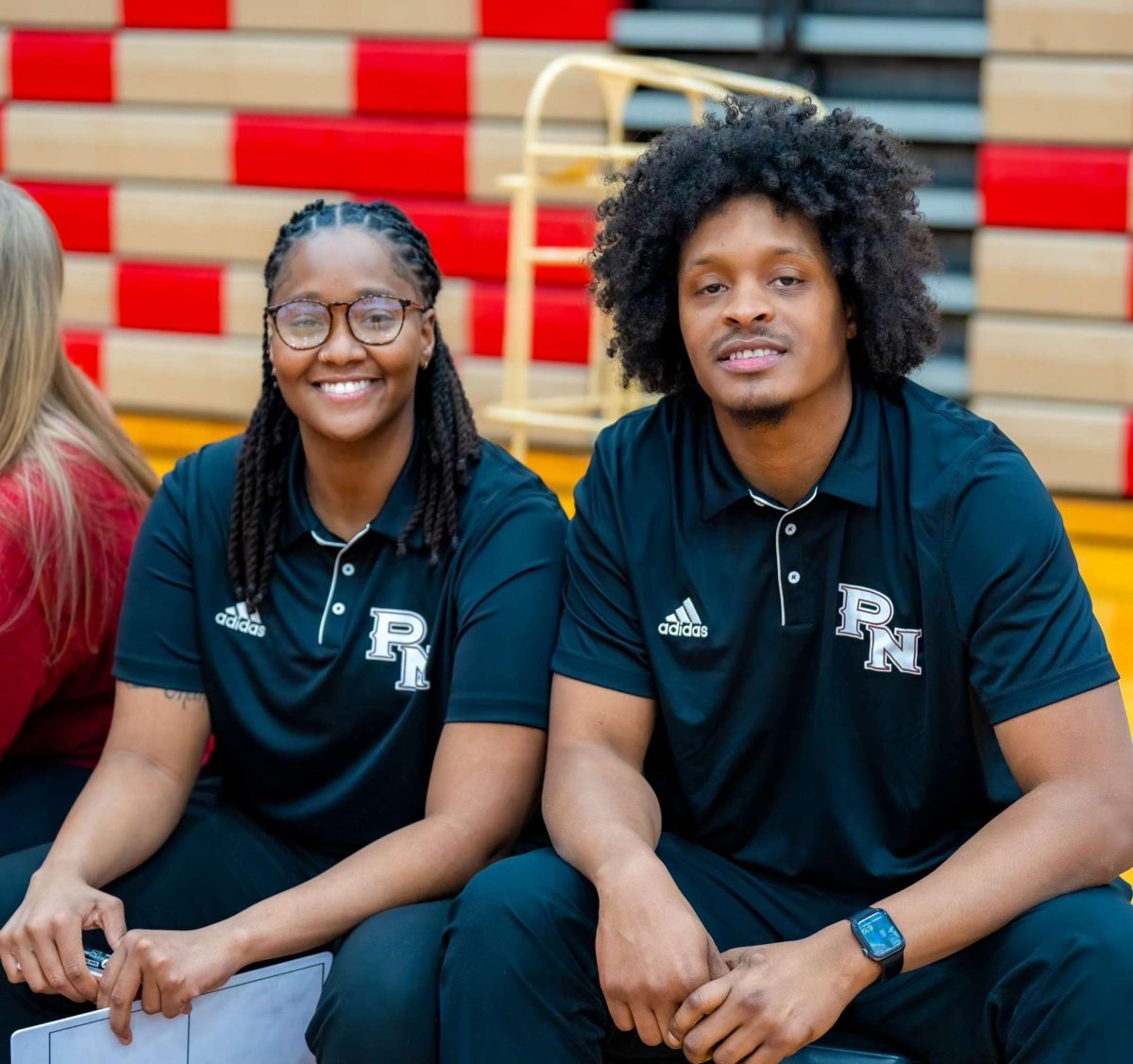Obama calls for less standardized testing
November 18, 2015
President Obama called for less testing in public schools October 24, stating he wanted testing limited to two percent of classroom time.
The Council of Great Schools, a group focused on improving urban school districts, released a study on October 24, claiming that the average student spends 20 to 25 hours a year taking standardized tests, about 2.3% of classroom time for an eighth grader. Rather than spending so much time on testing, Obama asserts schools should use other methods to gauge student achievement.
“Learning is about so much more than just filling in the right bubble, so we’re going to work with the states, school districts, teachers and parents to make sure that we’re not obsessing about testing,” Obama said in a Facebook video.
In Obama’s statement, he called on state officials, parents, and teachers to alleviate the amount of standardized testing placed on students.
Mandated standardized testing to measure student and teacher improvement began with the Bush administration’s “No Child Left Behind” policy. Obama implemented a similar policy when he took office with “Race to the Top” in an effort to compete with foreign students.
Recent implementation of the Common Core, a nationally consistent curriculum, has introduced new standardized tests such as the PARCC, replacing other previously mandated tests. States were not mandated to put the standards in effect, but a majority, including Illinois, did so.
According to the Council report, from pre-K to 12th grade, students take an average of 112 standardized tests. These tests include district outcomes, the ACT, and AP tests among others.
Honors Chemistry teacher Tony Holler believes less standardized testing policy allows for more learning in the classroom, a practice he sees as more useful.
“The best things I do as a teacher can’t be measured,” Holler said. “If I get you excited to take AP Chem[istry], how do you measure that? If I get you to enjoy learning, how do you measure that?”
Holler noted that many times students only learn what is needed to succeed on standardized testing. He continued to say that “if kids see education as jumping through hoops, then we have failed.
“Instead of teaching students 200 facts, it’s better for them to discover the facts because they want to learn.”
At North, students take a variety of standardized assessments such as the Partnership for Assessment of Readiness for College and Careers (PARCC) test, which replaced the Prairie State Achievement Exam (PSAE) last year. Others include TieNet district outcomes, AP tests, and the ACT.
Assistant Principal of Curriculum and Instruction Stan Bertoni sees the benefits of standardized exams. He has spent 23 years at the high school level, both as a teacher and as an administrator.
“It could pair where you’re at with other kids,” Bertoni said. “ What have you learned? What are the gaps? Depending on where you’re at, some standardized tests can help you do that.”
Opponents of standardized testing often claim that teachers only teach their students how to pass the test. Bertoni stated that this was more rare than many believe, adding what teachers can do to avoid such issues.
“There are two ways you can prepare for a test: there’s the strategy and the content,” Bertoni said. “When I was a teacher I tried to focus on the content. If you teach to content, I don’t think you need to spend as much time on the strategies because the content comes first.”






